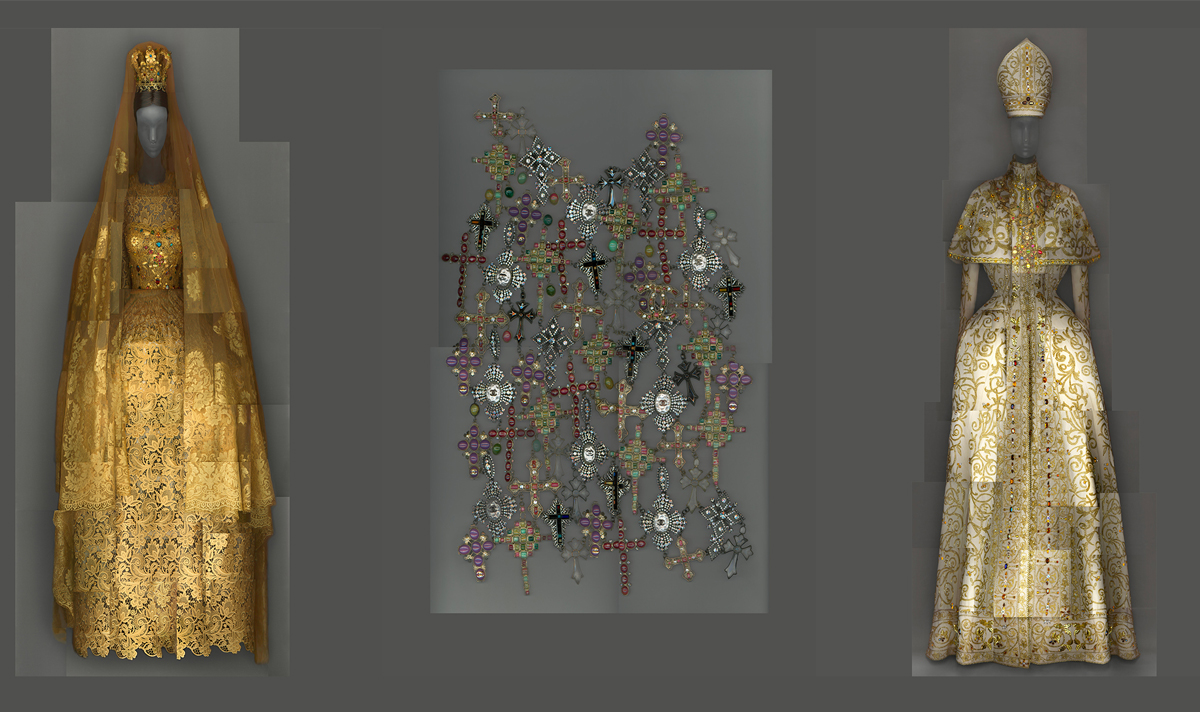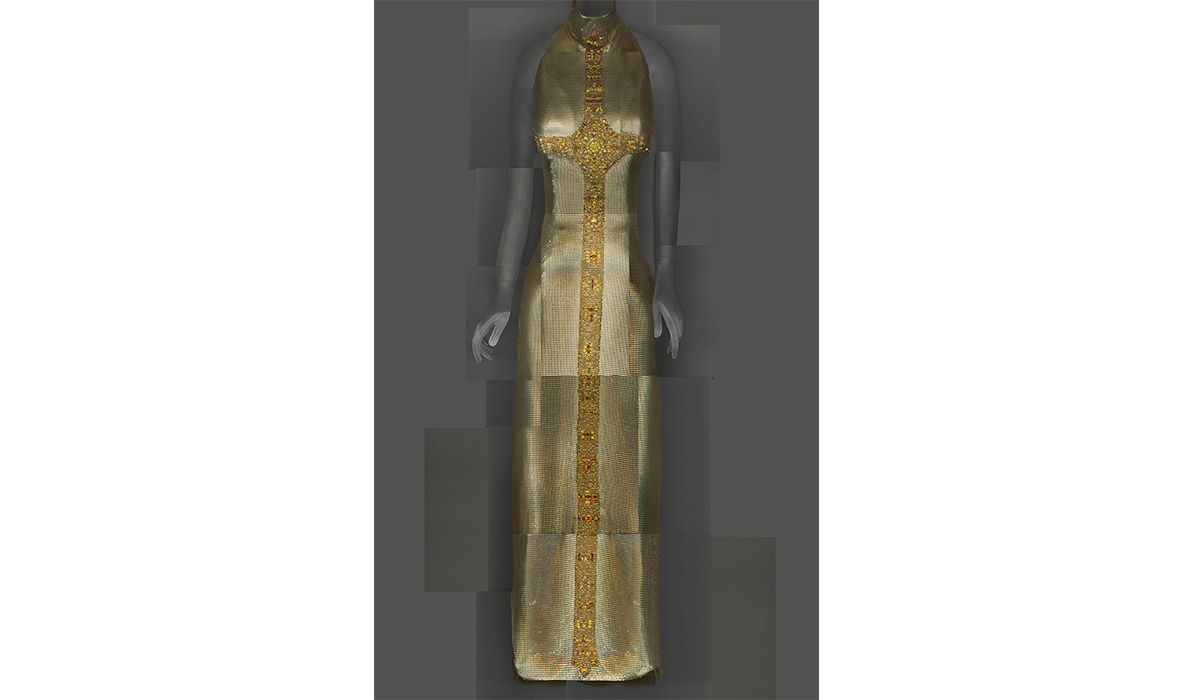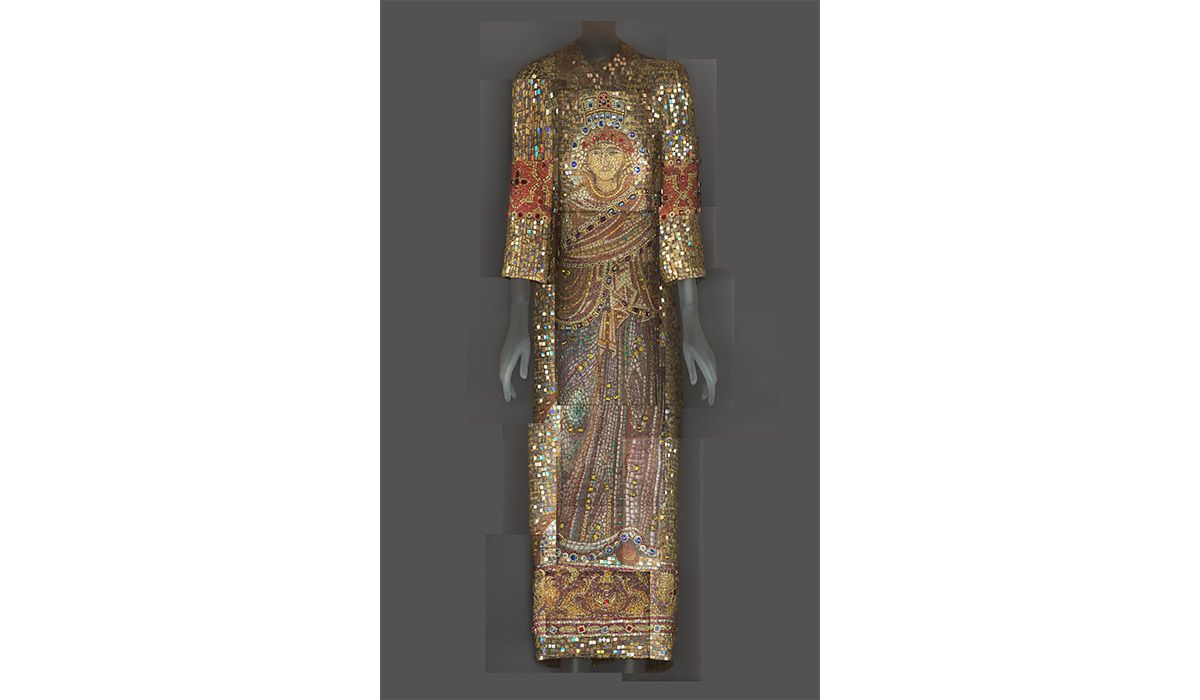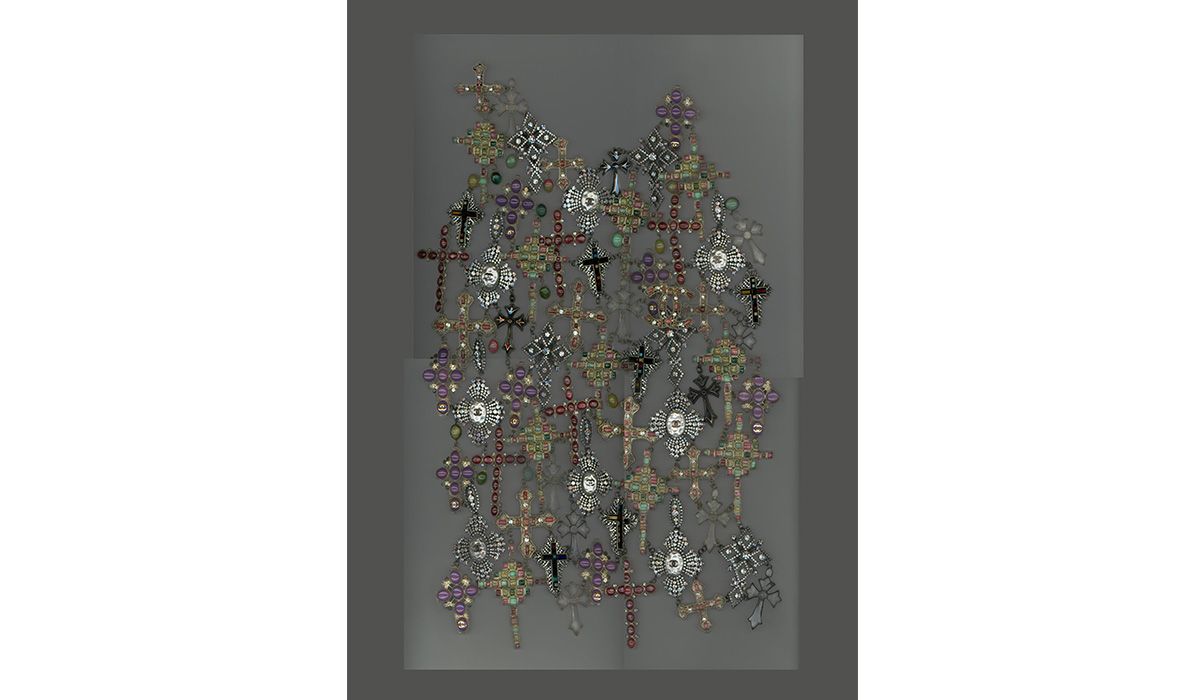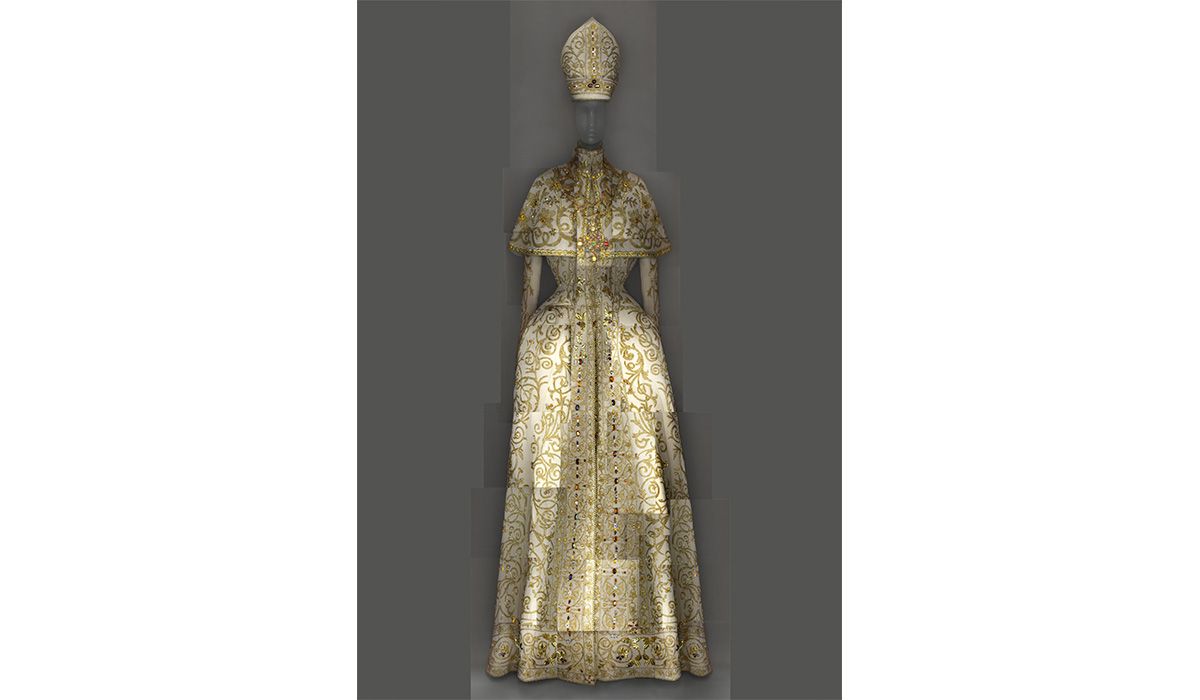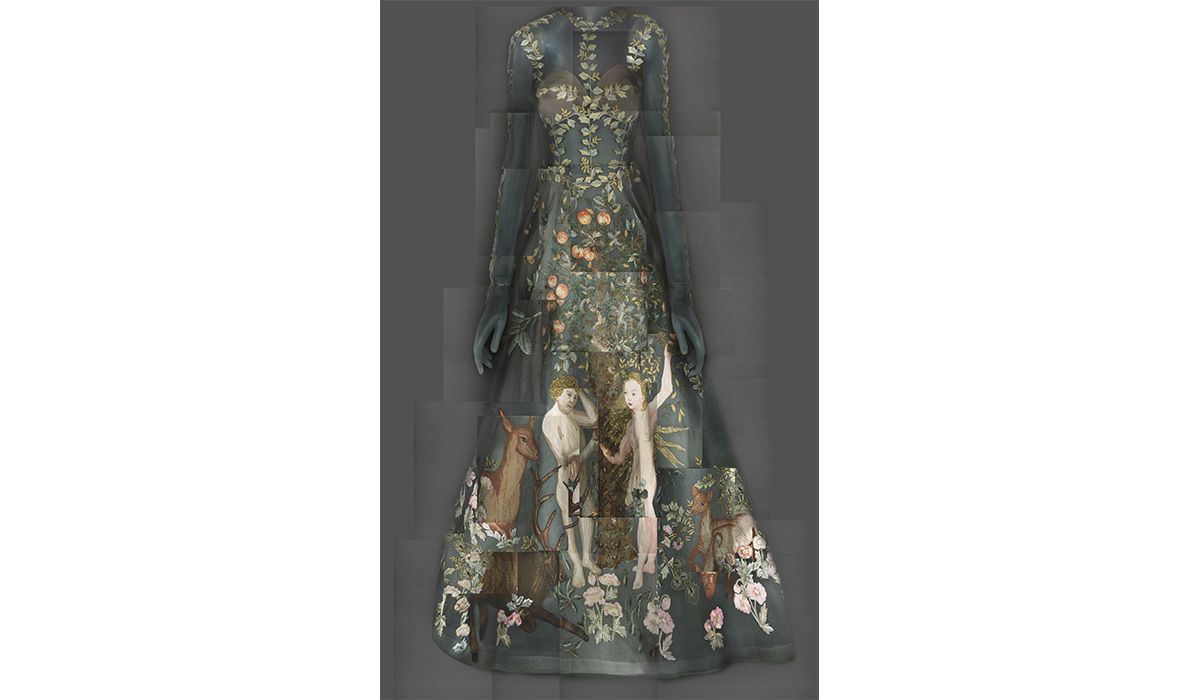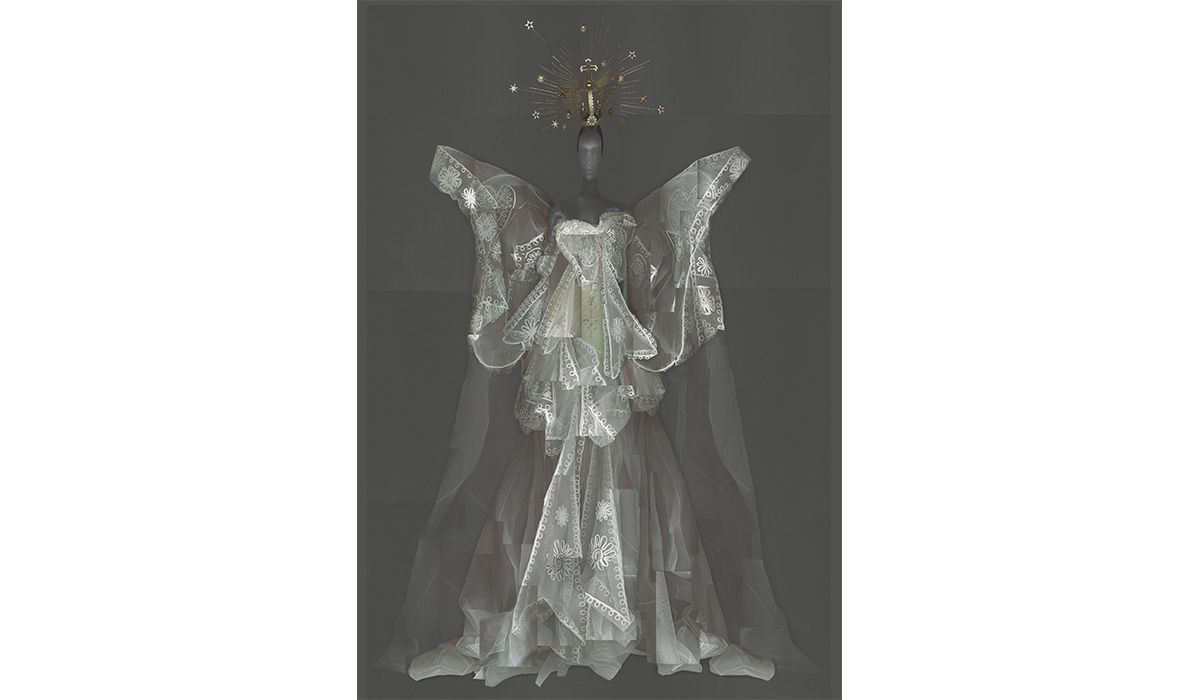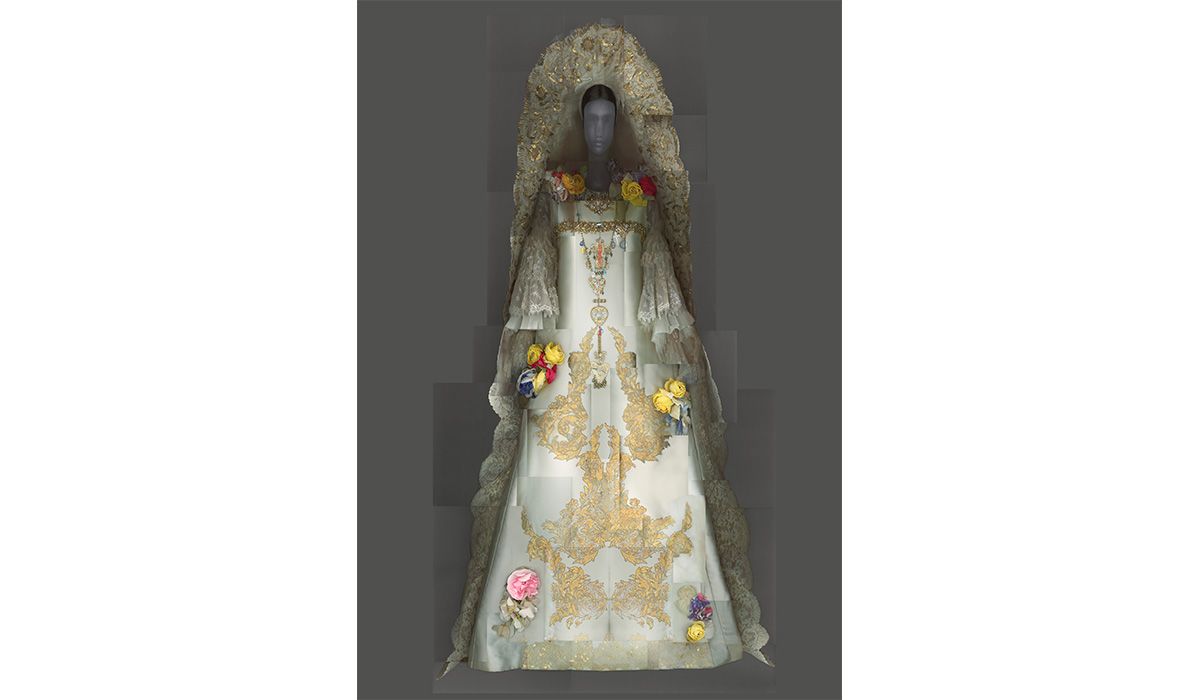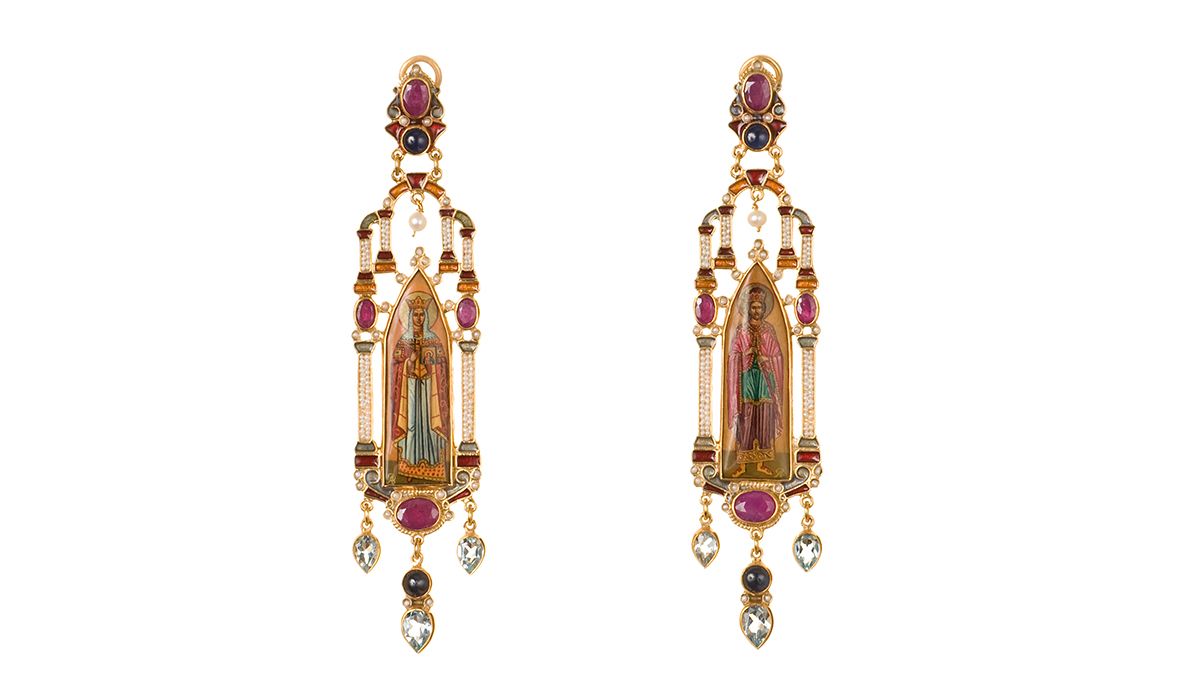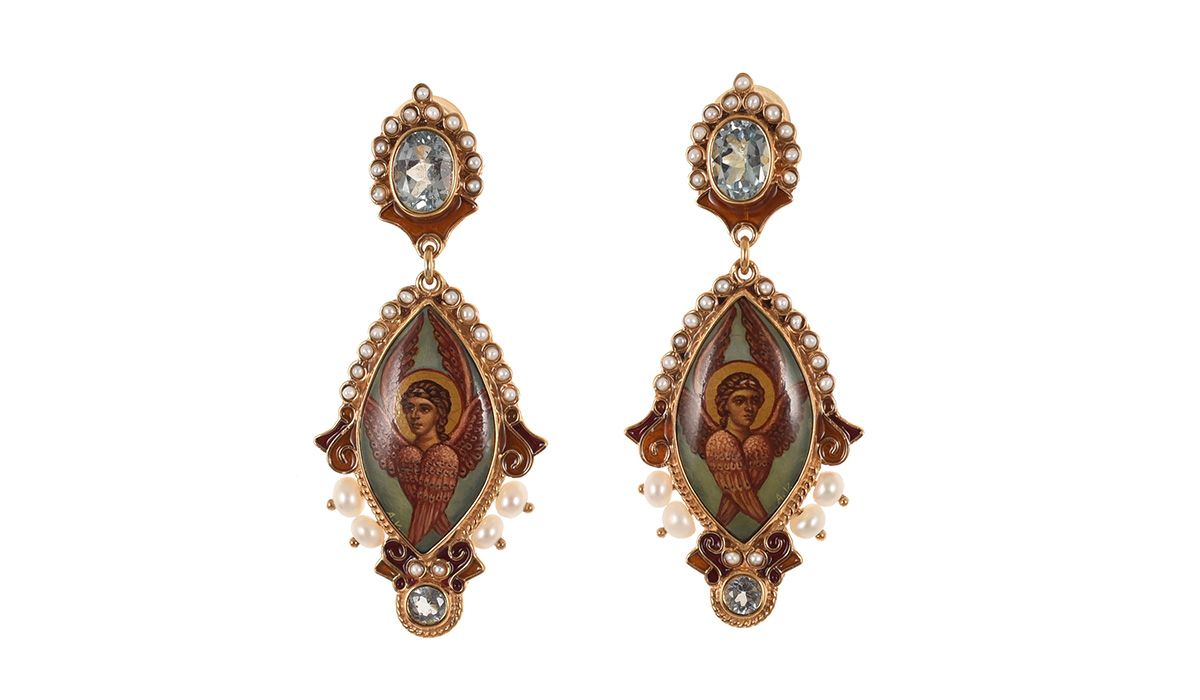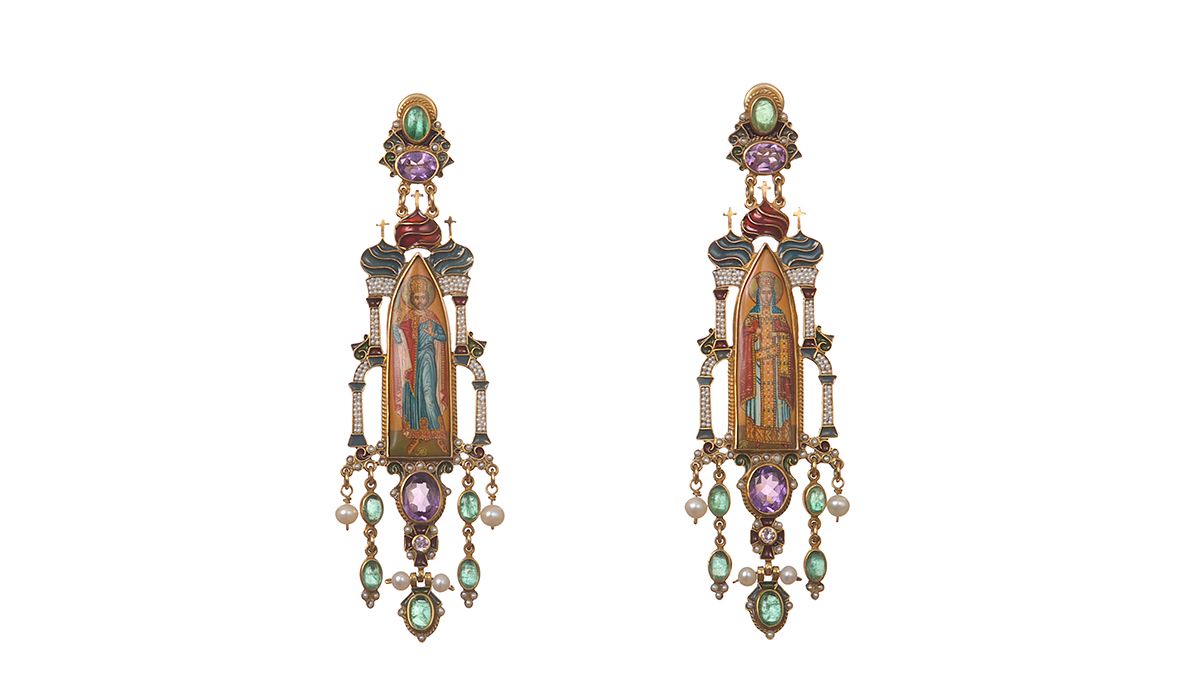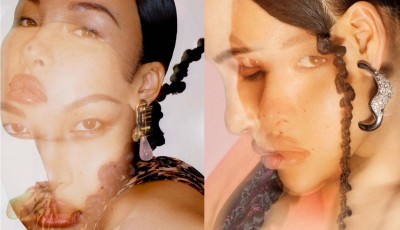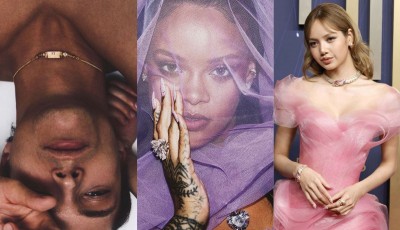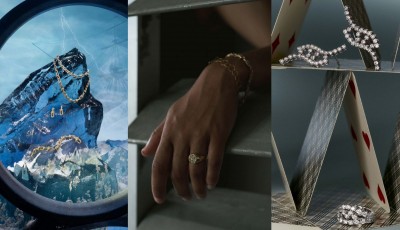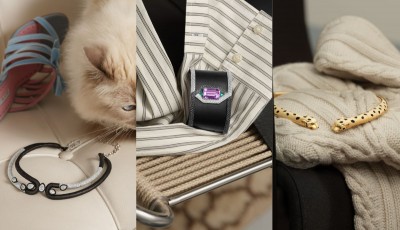Holy Inspiration: Fashion and the Catholic Imagination
Heavenly Bodies: From the must see event at the Met, to the Italian jewelers that translate holy influences into sublime pieces
Vatican calls Vogue and Met
On one hand, there’s the sacristy of the Sistine Chapel. On the other, the rooms of the Met Cloisters and the Met Fifth Avenue. It would be cliché to talk about the sacred and the profane, but this is only one part of what is a truly surprising and one-of-a-kind exhibition: Heavenly Bodies: Fashion and the Catholic Imagination. Almost as surprising as seeing Monsignor Cardinal Ravasi alongside Vogue America Editor-in-Chief Anna Wintour, designer Donatella Versace, and Andrew Bolton, the curator for the Costume Institute of the Met. This is what happened during the worldwide preview of this event, which took place in February at Rome’s splendid Palazzo Colonna, where Monsignor Ravasi said things like «We are what we eat, but we can also say we are what we wear». Yet, this concise statement also contains the sense of this exhibition/event, the result of a ‘partnership’ between the Vatican and the Met. From May 8 through October 8, forty masterpieces of religious art will be on display in New York. Some of these are pieces that have never left the most closely guarded sacristy in the world.
The Anna Wintour Costume Center will display papal robes and accessories along with rings, tiaras studied in precious stones, and extraordinary one-off pieces, making for a historical and artistic journey spanning three centuries, from the eighteenth century to today. The Byzantine and Medieval galleries of the Met - part of the Robert Lehman wing - and the Met Cloisters will also showcase 150 ‘civilian’ ensembles, with pieces created by the most famous designers of the twentieth century: Cristobal Balenciaga, Chanel, Jean Paul Gaultier, Christian Lacroix, Karl Lagerfeld, YSL, Vionnet and many Italian designers, including Roberto Capucci, Dolce & Gabbana, Mariuccia Mandelli, Sorelle Fontana and, obviously, Donatella Versace. These are creations that have marked the evolution of fashion as we know it today, but, most importantly, they have taken inspiration from stylistic elements, craftsmanship, and lines of vestments and papal robes. Alongside designer evening gowns, there are also medieval pieces from the museum’s collection, highlighting the common theme in the evolution that took place over the centuries in terms of objects symbolic of Christianity and Catholicism, and the fashions they inspired.
The Anna Wintour Costume Center will display papal robes and accessories along with rings, tiaras studied in precious stones, and extraordinary one-off pieces, making for a historical and artistic journey spanning three centuries, from the eighteenth century to today. The Byzantine and Medieval galleries of the Met - part of the Robert Lehman wing - and the Met Cloisters will also showcase 150 ‘civilian’ ensembles, with pieces created by the most famous designers of the twentieth century: Cristobal Balenciaga, Chanel, Jean Paul Gaultier, Christian Lacroix, Karl Lagerfeld, YSL, Vionnet and many Italian designers, including Roberto Capucci, Dolce & Gabbana, Mariuccia Mandelli, Sorelle Fontana and, obviously, Donatella Versace. These are creations that have marked the evolution of fashion as we know it today, but, most importantly, they have taken inspiration from stylistic elements, craftsmanship, and lines of vestments and papal robes. Alongside designer evening gowns, there are also medieval pieces from the museum’s collection, highlighting the common theme in the evolution that took place over the centuries in terms of objects symbolic of Christianity and Catholicism, and the fashions they inspired.
More an Artisan than an Artist...
One designer who most certainly has devoted his entire professional life to pure sacred inspiration is Diego Percossi Papi, «more an artisan than an artist» as he likes to define himself. The heart of Rome is where his home and workshop are located. Since 1966, he’s been in Sant’Eustachio, behind the Pantheon - the city serves as endless inspiration for the jewels he creates, which know no equal on the market. Along with his ‘colleague’ Cazzaniga - another Roman designer whose eclectic inspirations come from ancient times - Percossi Papi is the successor to artisanal tradition that goes back to the patronage of high-level clergy, which financed the development of this sublime art for centuries, starting from working with silver all the way to the most refined and precious gold pieces. The absolute pinnacle was the Baroque period, with exciting works by Borromini, Bernini and Caravaggio. «Baroque means passion, richness, and the representation of the unique, that asymmetrical detail that stands out from the whole and makes a piece one of a kind», says the artist. Actually, this is the feeling that one has when looking at crosses and jewels of the finest manufacture - forms that take inspiration from religion but that also go beyond their own symbolic value. Most importantly, they’ve been able to pass down techniques and knowledge from the Università del Nobil Collegio degli Orefici and the Accademia dei Virtuosi del Pantheon - institutions that are five centuries old. Percossi Papi interprets these techniques today in an extraordinary way and with great pride. Just as Benvenuto Cellini and Augusto Castellani did in the past and Bulgari has done more recently.


